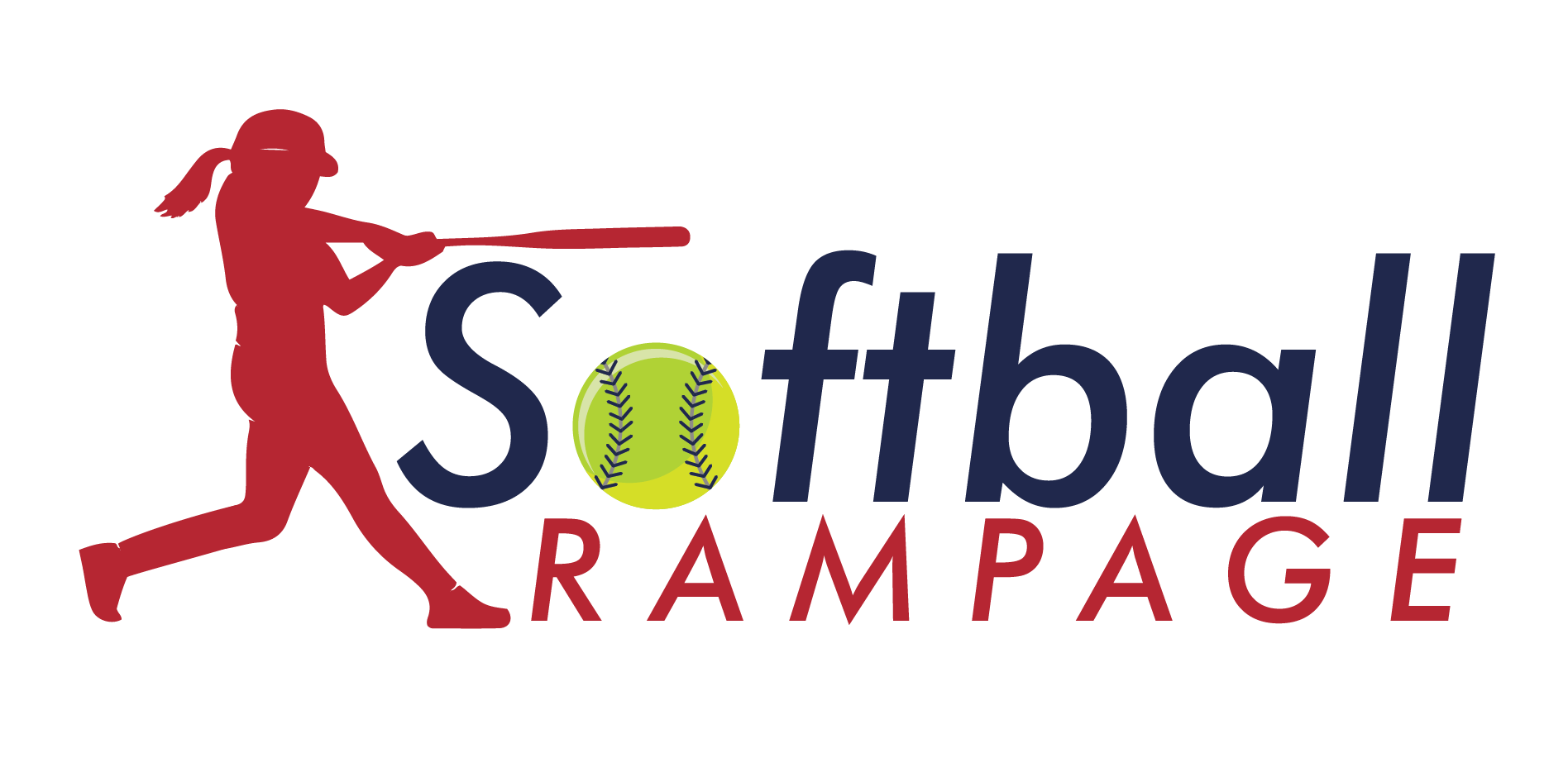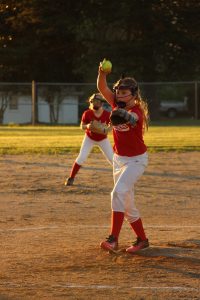Introduction
Quick Navigation
Softball has nine positions: first base, second base, third base, shortstop, left field, right field, center field, pitcher, and catcher. All softball positions require skills to perform excellently. Some of these skills include; throwing, catching, fielding, base running, and hitting. Drills are a series of repeated exercises that improve skills in players. Training is skill-specific, i.e., there are throwing drills, catching drills, fielding drills, baserunning drills, and hitting drills. Routines also exercise muscles and keep the player in shape.
Softball skills
Constant drills or exercises improve different skills. There are five necessary softball skills, and they are;
- Throwing
Throwing in softball is different from throwing in baseball. In baseball, players throw the overhand ball, while in softball, players throw the ball underhand. In softball, you throw with your dominant hand. A right-handed player throws the ball with the right hand and uses the glove on the left hand. The muscles used in throwing include the triceps, deltoids, pectoralis major, and the latissimus dorsi. Throwing is an essential skill for softball pitchers.
- Catching
A catcher receives a ball from the pitcher. This position is also a defensive position. Use lower body muscles in catching, and the muscles include the calf muscles, groin, hip flexors, hamstrings, and quadriceps. Catching is an essential skill for softball catchers.
- Fielding
Fielding involves catching or picking up a ball after hitting. Fielding also consists of preventing the other team from scoring. Muscles used in fielding include leg muscles, back muscles, arm or shoulder muscles, and abdominal muscles. Fielding is an essential skill for outfielders. Outfielders have left, right, and center field players.
- Baserunning
Baserunning involves players moving from base to base when any fair ball touches the ground. If the defending team catches the ball, players must return and touch the base they occupy. Muscles for base running include core muscles, glutes, hip flexors, quadriceps, hamstrings, calf muscles, tendons, and ligaments. Baserunning is an essential skill for infield positions. Infielders include first, second, third base, and shortstop positions.
- Hitting
Hitting involves pushing off the ball as it approaches the plate. It is an essential skill for all positions in softball.
Teams cannot score if they cannot hit the ball. Muscles for hitting include the glutes, core, hips, hamstring, hands, and forearms.
Fun indoor drills
There will be terrible weather situations sometimes, but this should not disrupt practice. You can do different drills indoors, and they are usually fun. Indoor exercises are as efficient as outdoor drills. Indoor drills are similar to outdoor routines, but indoor drills are on a smaller scale. Some of these drills include;
- Diamond Bunting
This drill improves short-game accuracy and aim. To do this exercise, divide the players into batters and fielders. Next, the batters take turns to bunt the ball to different positions on a makeshift baseball diamond while aiming for each base. Players at the various positions also take turns to field the bunted balls
- Hitting from a tee
This drill works on proper stance and proper hand and arm positioning. To do this, the player steps through the swing with the front foot while the player plants the back foot. Next, the player strikes the ball and zone while keeping their head down.
- Two ball drill
This drill improves swing technique and reduces over-rotation. To carry out this drill, place two tees apart at a bat barrel’s length. The tee furthest from the player should be at a slightly lower height. The player should hit the second ball with the first.
- 3-2-1 Hitting drill
This drill improves hand-eye coordination, swing speed, and reaction time. To carry out this drill, set up three markers in a line facing a pitching machine. The next step is to feed the player three balls from the back most marker. When the player moves to the second marker, provide two balls, and when the player moves to the first marker, feed the player one ball. Moving closer to the pitching machine means the ball comes out faster, and the player has to make quick decisions.
- Knee Throws
This training improves upper body throwing mechanics. In this drill, players work together as partners. Both players kneel at a throwing distance from each other, and they throw the balls back and forth while kneeling. Players can do this drill on one knee or both knees.
- Pitch selections
This drill improves grip and throwing mechanics in players. It also enhances teamwork because players work as partners. In this drill, a player grabs a partner, and a player pitches the ball while the other player calls out the pitches. One player calls out the name of a pitch, and the other player has to transition to that pitch as fast as they can.
- Come-up throwing drill
This drill improves footwork and catching of ground balls. The players should line up in the middle of the gym, facing the opposite side. A player throws a ball at the wall to either the right or left of the player. The first player fields the inbound ball and throws it to the opposite wall. The next outfielder fields the inbound ball, turns, and throws it to the opposite wall. This cycle continues for as long as possible. The players should ensure that they throw the balls in proper form and accurately.
- First-step drill
This drill improves first step quickness towards the ball and proper angles. To carry out this drill, the coach marks out four bases and give each base a number. One outfielder readies in the middle of the bases while the other players line off to the side. The coach calls out a base, and the player responds as if the ball is towards the base. The coach can also introduce a ball into this drill.
You can check out these articles for more information on drills. Softball drills for 8U, 10U, 12U and 14U, Top softball infield drills and Top softball slow-pitch hitting drills
Conclusion
Drills increase skill mastery and also keep muscles fit. Indoor exercises are on a smaller scale in comparison to outdoor skills. Still, indoor drills can be as fun as outdoor drills.

